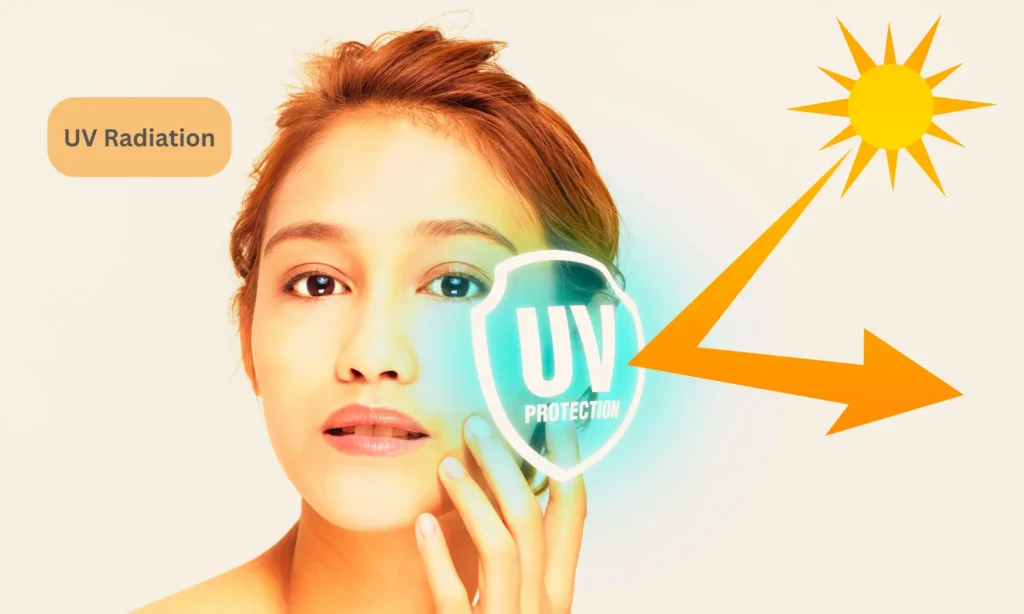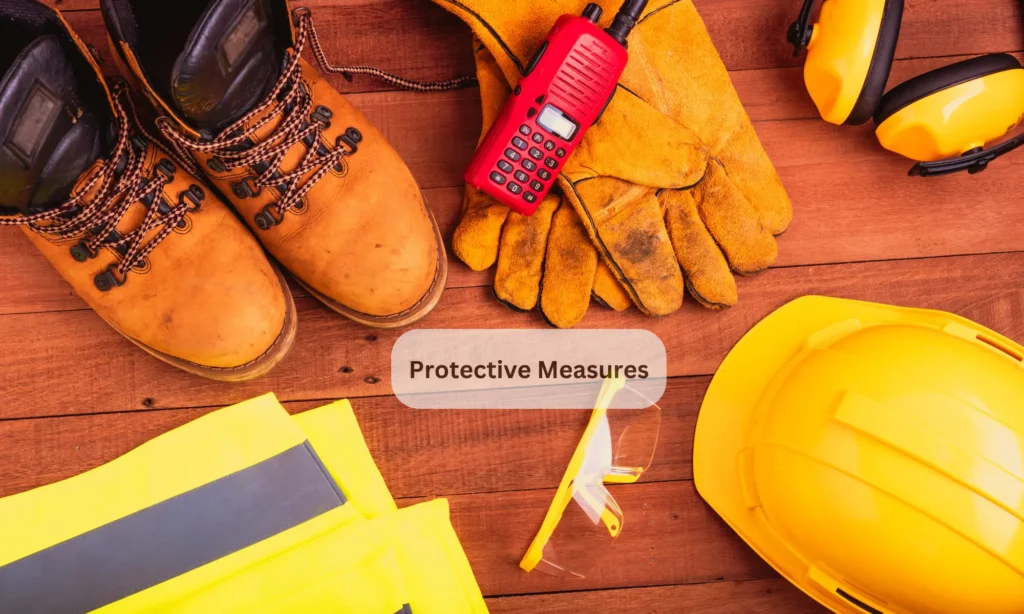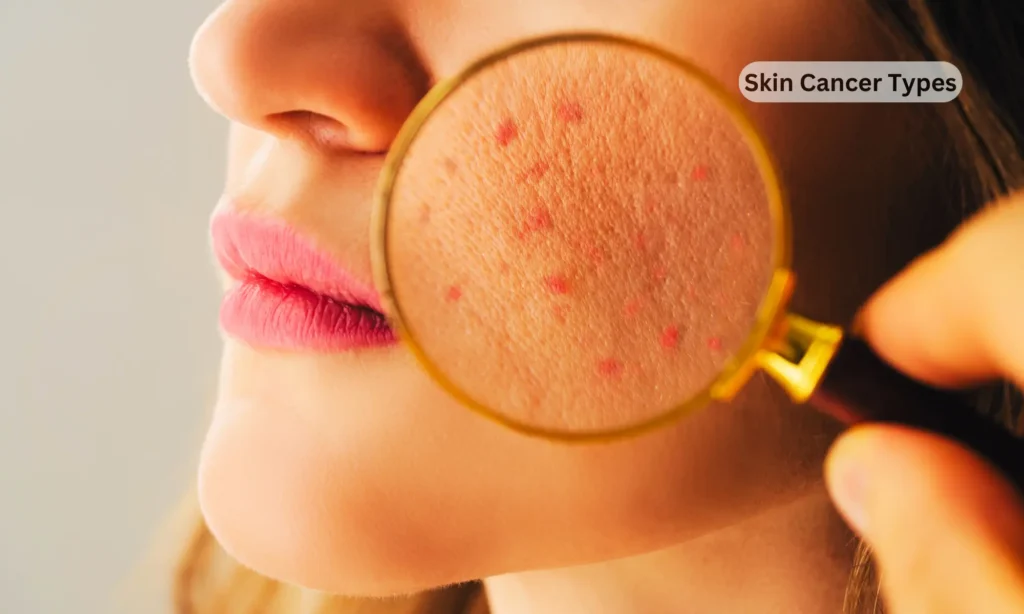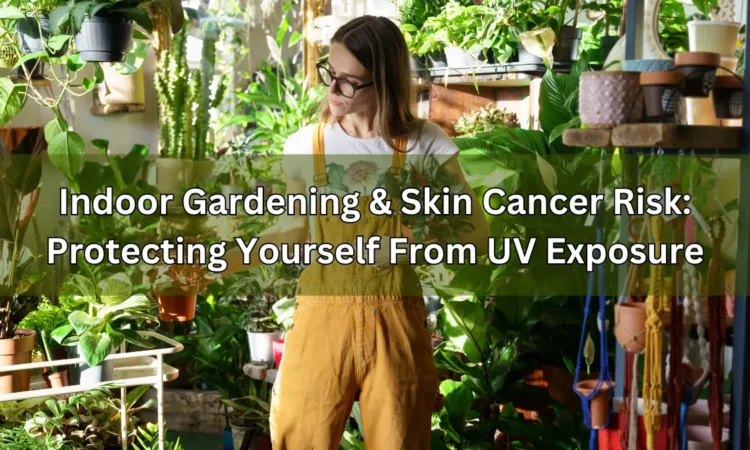We all know that gardening, as a peaceful and satisfying hobby, connects us with nature and adds beauty to our lives. Nevertheless, it is important for garden aficionados, including those who dwell on indoor plants, to regularly cover up because they are driven by the hidden dangers of sunlight rays. This post shows the long-term health effects of skin damage due to ultraviolet radiation and highlights the significance of sun protective measures in dealing with cancerous skin disease.
UV Radiation: The Silent Threat

The sun’s UV radiation comprises two types of rays, UVA and UVB, which affect the skin differently. UVA rays, famous for their ability to go through deep layers of skin, can cause the aging of cells in the epidermis and interfere with DNA structures. These rays may even penetrate window panes, thus causing damage to the skin among indoor gardeners. However, UVB represents a typical example leading to sunburns and promoting an increased risk factor for developing skin cancer. In conclusion, continuous exposure to environmental ultraviolet through direct light from the sun or glass windows raises a person’s susceptibility to developing poor skin conditions over time.
Skin Cancer and Gardeners
Skin cancer is the most prevalent form of cancer in the world, with over 5 million new cases annually diagnosed. Five Americans out of every twenty, among whom one is male, will have this disease by age 70, according to the American Academy of Dermatology (AAD). Although anyone can develop such a form of carcinoma; however, gardeners spending more time outside are at greater risk because they are exposed to harsh sunshine for an extended period. Moreover, people who have fair complexions or have had a history of getting burnt by ultraviolet rays, as well as those whose relatives had tumors like them, are more vulnerable.
Protective Measures for Gardeners

The great news is there are several ways to protect against UV radiation and thus reduce the risk of getting skin cancer. These include:
Wearing protective clothing: Long-sleeved shirts, trousers, and hats with wide brims are good cover-ups from harmful sun rays.
Using sunscreen: Before going outside, apply generously to all exposed skin sunscreen with an SPF (Sun Protection Factor) of 30 or higher at least 15 minutes in advance. It is recommended that it be reapplied every two hours.
Seeking shade: During peak sun hours (10 am to 4 pm), take breaks by finding shade instead of working continuously outside.
Choosing indoor gardening: Instead of being exposed to ultraviolet radiation, artificial lighting can be utilized by those who prefer indoor methods.
Spotting Skin Damage
It’s important for keen gardeners to check their skins regularly for any changes or evidence of harm. Some possible signs of skin cancer may consist of the following:
- New or changing moles
- Sores that do not heal
- Scaly patches or rough, red spots
- Thick, waxy, or shiny lumps
Where any of these signs occur, a referral should be made to a dermatologist for further assessment.
Skin Cancer Types and Symptoms

The three main kinds of skin cancer are basal cell carcinoma, squamous cell carcinoma, and melanoma. Each one has its own signs and severity levels. Basal cell cancer usually appears as a little clear bump on the skin that is exposed to sunlight. Conversely, squamous cell carcinoma can resemble a solid red bump or a flat sore with a scaly top. Melanoma is the most dangerous type of skin cancer. It can be found anywhere in the body and typically appears as an enlarged brown spot with dark spots throughout it. This might be a mole that changes color, size, or shape over time. Any type of skin cancer should be detected and treated promptly.
Prevention is Key
Though it can be fatal, skin cancer is among the easiest cancers to prevent. Regular self-checks and an annual visit to your dermatologist for skin screening are crucial in detecting problems early enough. Gardeners should also watch for any change in their skin and seek immediate medical attention if they notice anything strange. With proper protection and early detection, we can continue to enjoy the beauty of gardening without putting our health at risk.
Long-Term Consequences of Skin Cancer
Apart from instant health consequences associated with the treatment of skin cancer, others include scarring leading to disfigurement and increased probability of reoccurrence or new development of other types of cancer apart from scars formed by bleaching creams. The emotional hardship, coupled with ongoing care costs, underlines why prevention measures must be embraced at all times. For gardeners alone, sun safety measures are not enough, but for every person who spends time outside, too. By making sun protection a priority, we will minimize the chances of getting skin cancer, hence allowing us to have fun when involved in gardening activities over long periods.
Additional Resources for Skin Cancer Risks for Indoor Gardeners
For more information on skin cancer risks and prevention, check out these resources:
American Academy of Dermatology: https://www.aad.org/public/diseases/skin-cancer
Centers for Disease Control and Prevention: https://www.cdc.gov/cancer/skin/basic_info/index.htm
Skin Cancer Foundation: https://www.skincancer.org/
National Council on Skin Cancer Prevention: https://skincancerprevention.org/ Keep gardening safely, stay informed, and protect your skin from the silent threat of UV radiation. Happy gardening! Keep gardening safely, stay informed, and protect your skin from the silent threat of UV radiation.
In addition to taking care of our plants as gardeners, it is important that we take care of ourselves, too. By understanding the risks of UV radiation and taking preventive measures, we can continue to enjoy our favorite hobby without putting our health at risk. So remember to protect your skin, take breaks in the shade, and seek medical advice if you notice any changes in your skin.
Protecting Yourself: Prevention Strategies for Indoor Gardeners
To protect their skin, indoor gardeners must minimize their exposure to UV rays in various ways. These include fitting window shades to block UV light, wearing protective clothes, applying sunscreen with broad spectrum coverage, and limiting outdoor activities during peak hours. Additionally, keep checking your skin regularly for new growths or changes that could catch possible issues early on.
Early Detection is Key
For early detection of skin cancer, annual checks by a dermatologist are essential. Also, do not forget self-checks, such as looking out for new or changing moles, lesions, or growths on the body. Remember the ABCDE rule for melanoma detection: Asymmetry Border irregularity, Colour variation, Diameter greater than 6mm, Evolving size, shape color.
Conclusion
Gardening can be a source of pleasure as opposed to suffering. Protecting your skin health while ensuring the beauty of your indoor garden by recognizing the dangers of UV light and taking action against them. Remember, remaining alert concerning the sun’s defense mechanism and maintaining regular skin examination may be responsible for preventing or having an early diagnosis of cancerous growth. Stay safe while gardening!
To promote healthier gardening practices and raise awareness about the dangers of UV radiation, adding keywords like “indoor gardening skin cancer,” “UV exposure indoor plants,” or “skin cancer prevention indoor gardeners would help disseminate this valuable information to those who are in need.

